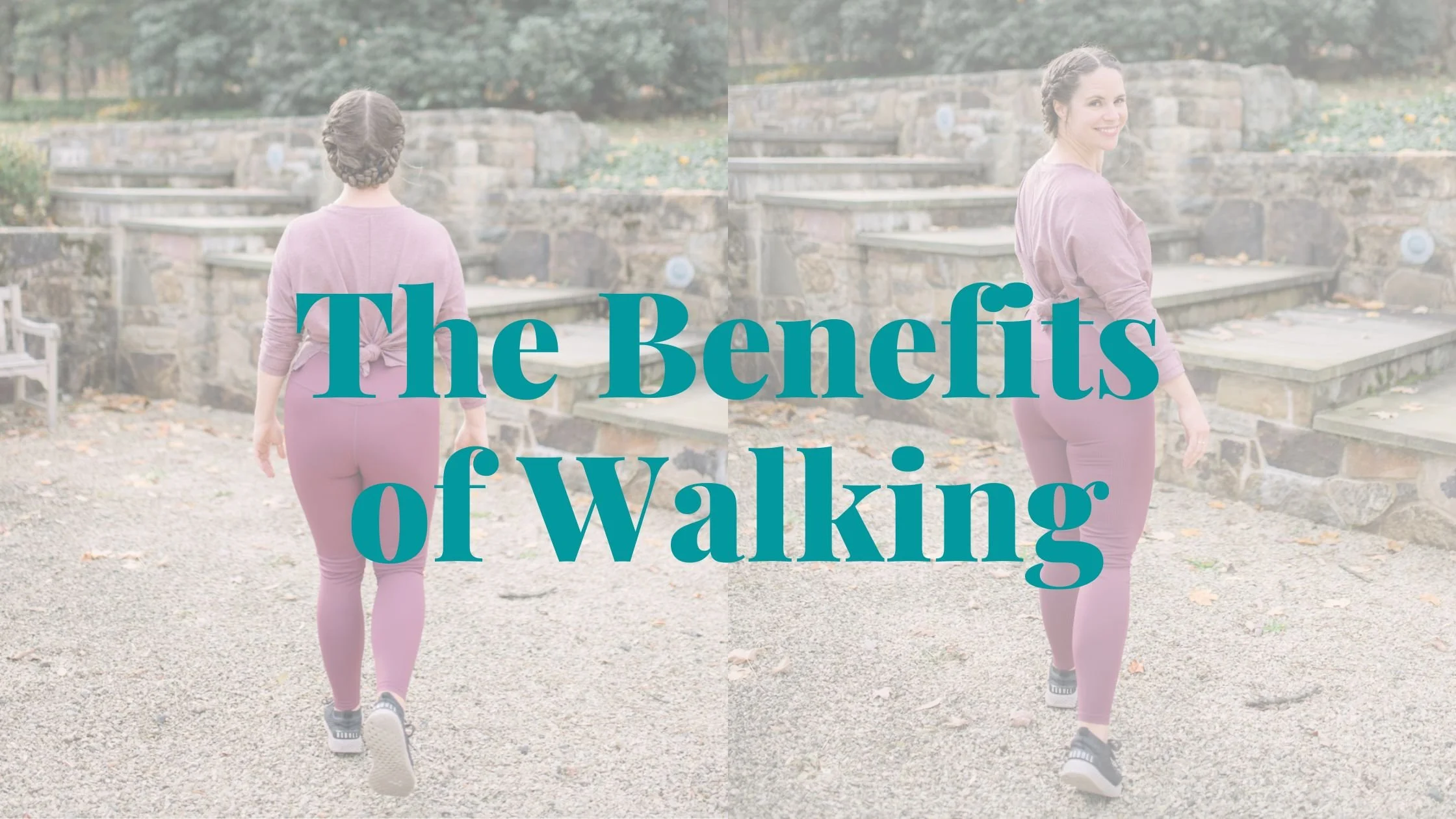Exercise Guidelines, Brain Health, & Aerobic Activity
Exercise doesn't need to be extreme or punishing to be effective, however in order to work it must be CONSISTENT.
Understandably, the concept that exercise must be consistent is one of the more challenging elements when it comes to starting and maintaining a sustainable exercise habit.
Not surprisingly, this may mean that setting ourselves up for success might look quite a bit different than what the standard issue “fit pro” influencers we see on social media have led us to believe.
Here’s a case in point…
Did you know that according to the CDC Physical Activity Guidelines and the World Health Organization Guidelines adults ages 18-65+ need 150-300 minutes of moderate aerobic exercise OR 75-150 minutes of vigorous aerobic exercise every week, plus 2 days of muscle strengthening activity every week, to stay healthy?
If this sounds like a lot, don't sweat. Actually, sweat. Here’s the breakdown:
150 mins of activity/5 days
= 30 mins of activity a day
In order to hit recommended health guidelines all you need is an average of 30 minutes per day of dedicated physical activity, 5 days a week. And here is the best part, guess what’s a great way to help you reach these activity guidelines in addition to Pilates?
Walking.
Yeah we said it, walking.
Taking the dog out. Circling the mall with the Aunties. Walking while blasting death metal. Though not as sexy as crushing coconuts with your abs, walking is an excellent way to satisfy the 30 min/day of activity needed to live a healthy life.
Simple walking has been extensively studied and the science is quite clear that walking of any kind is an excellent form of exercise for both the body and the brain.
According to Dr. Chuck Hillman, “A growing number of studies support the idea that physical exercise is a lifestyle factor that might lead to increased physical and mental health throughout life.” Take a look at this image from Dr. Hillmans research lab:
The research also suggests that vigorous walking can take the body into what’s called the “training zone.” According to the Sports Medicine review Walking To Health, “Walking, faster than customary, and regularly in sufficient quantity into the ‘training zone’ of over 70% of maximal heart rate, develops and sustains physical fitness: the cardiovascular capacity and endurance (stamina) for bodily work and movement in everyday life.” Where is the work of walking being done? The same review states that when “muscles of the legs, limb girdle and lower trunk are strengthened and the flexibility of their cardinal joints preserved; posture and carriage may improve.”
In other words, aerobic exercise in the form of walking is excellent at helping you not only meet recommended activity guidelines but also for stimulating your brian while sustaining your health and longevity.
You know what’s also nice about walking?
It is FREE and can be done anywhere. We’ve been conditioned to think that things that cost money must be themselves valuable. It’s just not true. Just like time with family and friends, walking is one of those free activities that enhances human wellbeing.
Ready to get started?
We recommend aiming for two or three 30 minute walks outside every week to get yourself going. If you are just starting, remember that setting realistic goals is key, so if you need to aim for 1 or 2 walks a week, that is better than zero.
Want even more physical activity?
We’ve created the Strength, Sweat, Stretch Series just for YOU! Build a realistic movement habit with walking and Pilates that you can sustain for the rest of your life.
What’s included:
4 weeks of programming
3 NEW 30 minute Pilates classes per week
1 Strength class
1 Cardio class
1 Stretch class
2 x 30 minute walks per week
5 days/week of programed exercise
REMEMBER: one small action taken everyday can build you up for powerful transformations both physically and mentally over time.
Resources:
Hillman, C., Erickson, K. & Kramer, A. Be smart, exercise your heart: exercise effects on brain and cognition. Nat Rev Neurosci 9, 58–65 (2008). https://doi.org/10.1038/nrn2298
Morris, J.N., Hardman, A.E. Walking to Health. Sports Med 23, 306–332 (1997). https://doi.org/10.2165/00007256-199723050-00004


